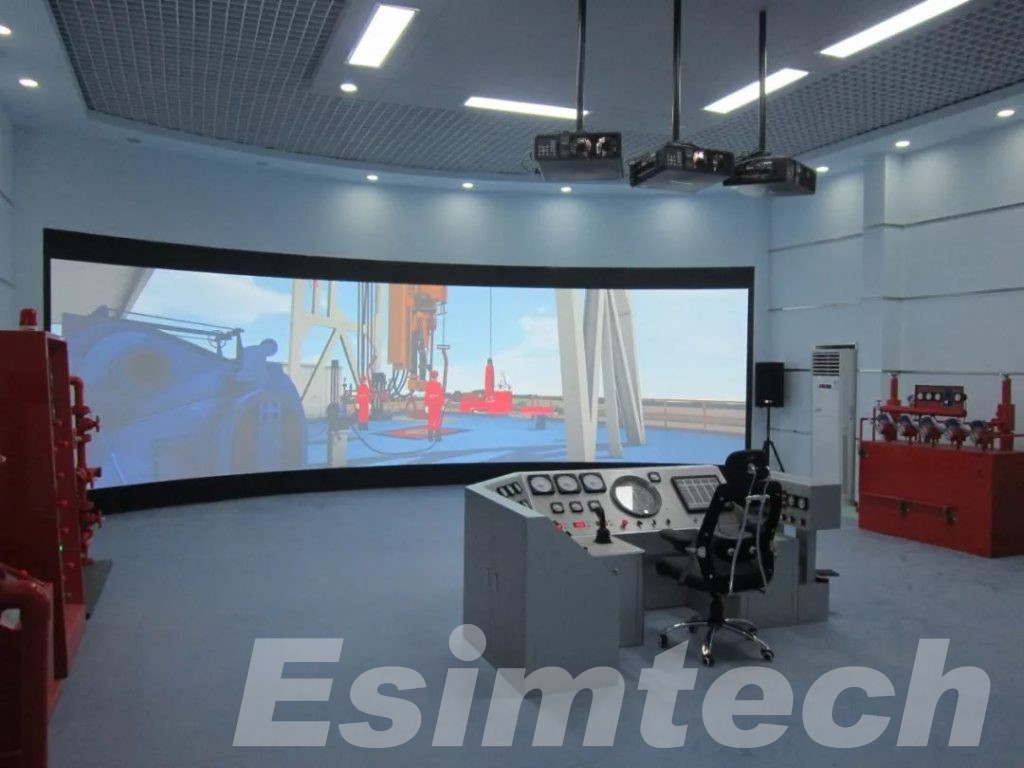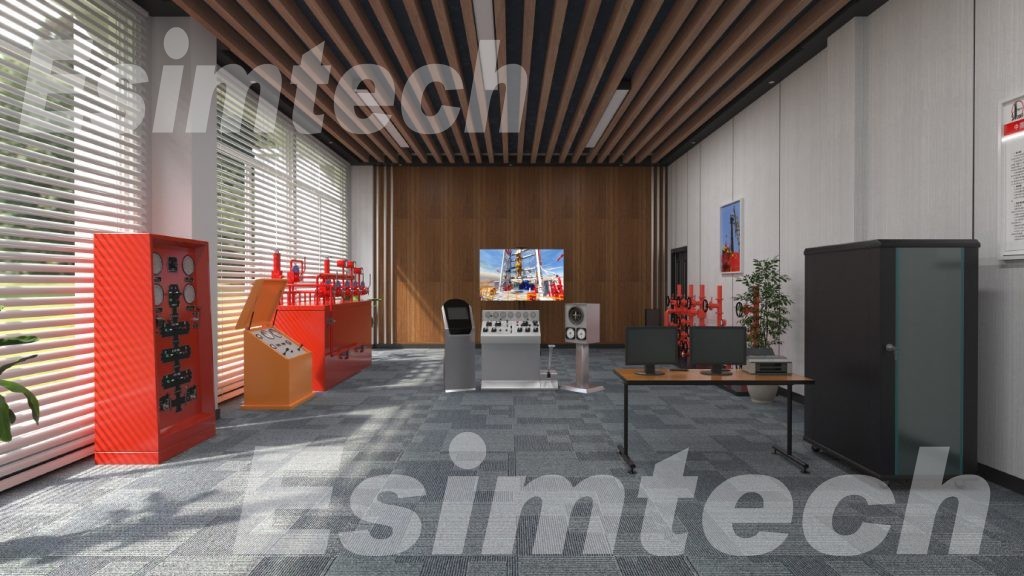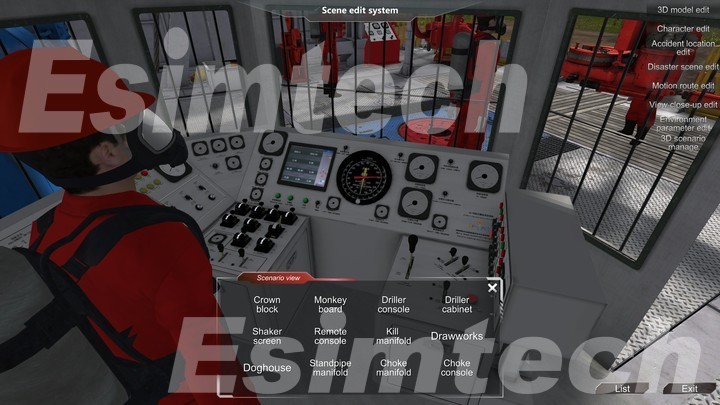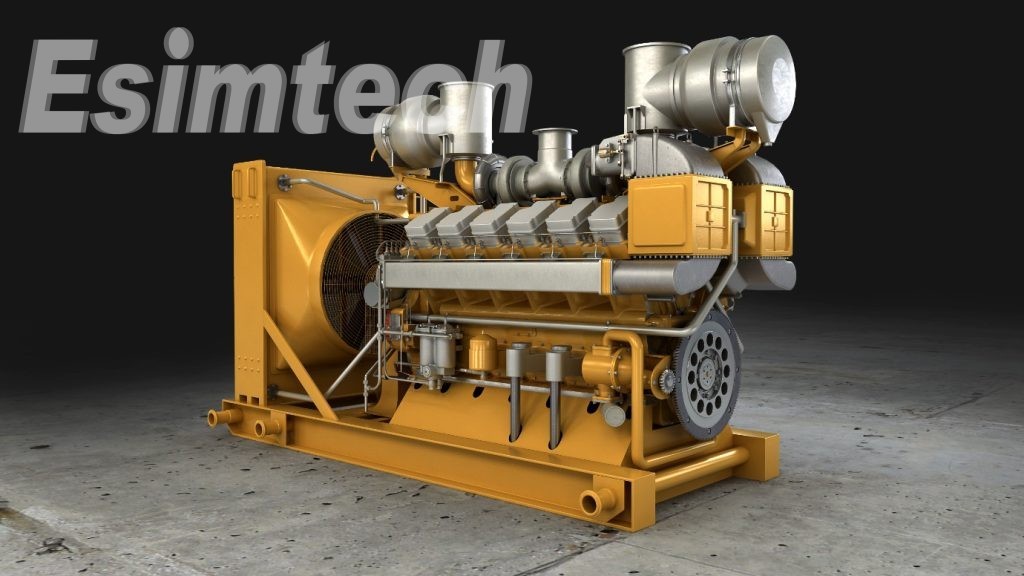Why Petroleum Simulation Training System Is Necessary
A petroleum simulation training system is a computer-based tool used to train employees in the petroleum business on numerous scenarios that they may face on the job. The system simulates a variety of settings, including drilling, reservoir management, production operations, and refining, allowing trainees to practice their abilities in a safe and controlled environment.

Advantages Of Petroleum Simulation Training System
A petroleum simulation training system is typically made up of a computer program that employs advanced algorithms to simulate numerous physical and chemical processes that occur in the petroleum sector. The student interacts with the system via a graphical user interface that presents a simulated petroleum operation. Advanced modeling and simulation techniques are used to simulate real-world scenarios like as drilling, well completion, reservoir management, production operations, and refining. The trainee can experiment with various parameters such as flow rates, pressure, temperature, and chemical composition to see how the system responds. He or she can also practice decision-making under different conditions, learn how to identify and troubleshoot problems, and gain hands-on experience in a risk-free environment.
Trainees can obtain hands-on experience and a greater understanding of the complex processes involved in the petroleum sector by employing a petroleum simulation training system. They can practice making decisions under different settings and learn how to fix potential problems. This form of training has the potential to improve safety, save costs, and boost efficiency in the petroleum business.

Petroleum Simulation Training System Used For Emergency Exercise
In the petroleum business, simulation training systems are widely utilized to train new employees, develop the abilities of experienced personnel, and test emergency response processes and equipment. By offering a platform for ongoing learning and development in emergency response planning and execution, simulators can assist improve safety, reduce costs, and increase efficiency.
The emergency exercise simulator is a virtual environment in which trainees can practice emergency response techniques and gain expertise in a safe and regulated setting. The simulator replicates the physical and chemical processes that occur during emergency scenarios, such as the spread of fire, the discharge of hazardous materials, and the reaction of various emergency systems, using advanced modeling and simulation techniques.

Advanced 3D Animation Adopted In Petroleum Simulation Training System
Oil and gas animations can range from simple diagrams to complex 3D animations that simulate the behavior of fluids and equipment. It can be used for a variety of purposes, such as training, marketing, and educational purposes. 3D Animation adopted in petroleum simulation training system, which can do a great favor to explain complex processes and concepts in a simple and easy-to-understand manner, making them an effective tool for teaching and training new employees or explaining technical concepts to non-technical audiences. Petroleum animations can also be used for marketing purposes to promote products and services in the industry. They can showcase the benefits and features of new equipment or processes.

Summary
By giving a visual picture of complex processes and equipment, a petroleum simulation training system can help increase understanding, communication, and efficiency in the oil and gas industry.

